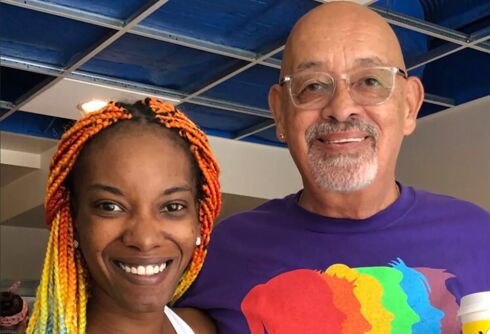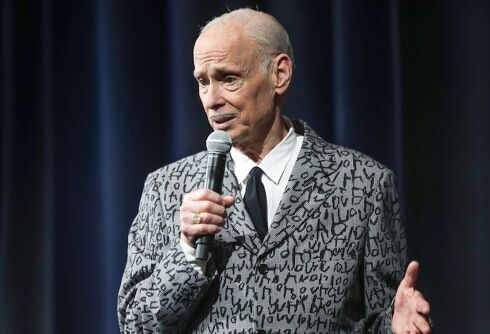Thirty years ago, on June 5, in 1981, the Centers for Disease Control in Atlanta published a report of five cases of Pneumocystis carinii pneumonia (PCP) among previously healthy young men in Los Angeles. All of the men were described as “homosexuals” — two had died.
This was the first official mention of a disease that had no name, no known means of transmission, no treatment and no cure.
In the 30 years that would follow, an estimated 60 million people world-wide would contract the disease known as HIV, and the global AIDS pandemic would claim the lives of more than 30 million people.
Today is World AIDS Day.
Never Miss a Beat
Subscribe to our newsletter to stay ahead of the latest LGBTQ+ political news and insights.
In what has become one of the most recognized international health days in modern history, World AIDS Day is a day to raise awareness and commemorate those who have lost their lives to one of the most destructive epidemics in recorded history.
At its peak in 1996, an estimated 2.6 million people became infected with HIV.
Today, while there is increased access to treatments for AIDS and HIV that can slow the course of the disease, there is still no known cure or vaccine.
And while the rate of new HIV infections has declined globally — about 25 percent over the last decade — the total number of HIV infections remains high, at about 7,000 per day, according to the Joint United Nations Programme on HIV/AIDS (UNAIDS).
Of those currently infected, one in five does not know they have the condition, and the majority of new infections are spread by people who are unaware of their own status.
As infection rates decline, the public’s level of awareness of their very real risk for contracting HIV wanes. Stigma continues to prove as deadly as the disease itself, keeping people from getting tested and treated for HIV/AIDS.
An estimated 34 million people are currently living with HIV — including nearly 1.2 million in the U.S. — and stigma continues to prove as deadly as the disease itself, keeping people from getting tested and treated for HIV/AIDS.
According to a 2010 study by the CDC, nearly one in five gay and bisexual men in 21 major U.S. cities are infected with HIV, and nearly half of them do not know it.














